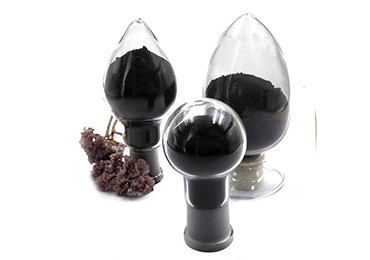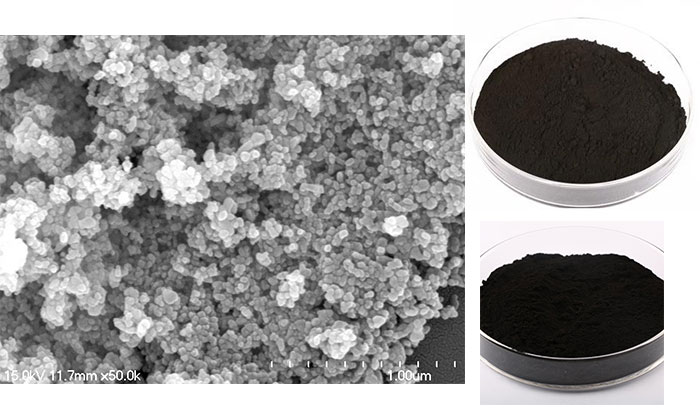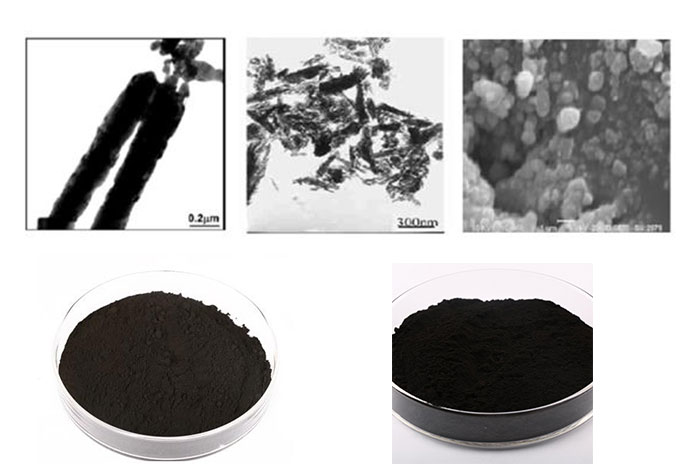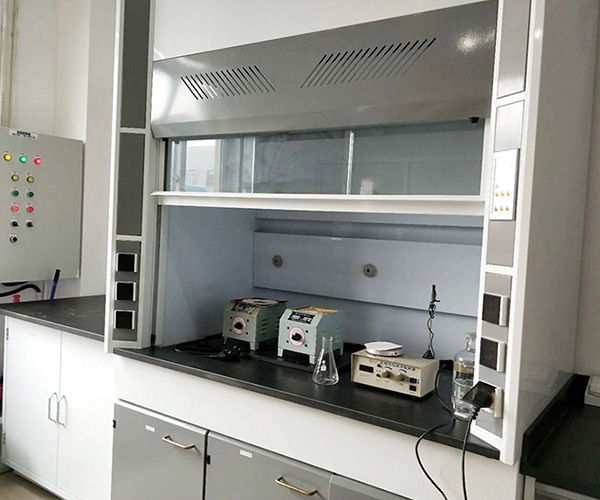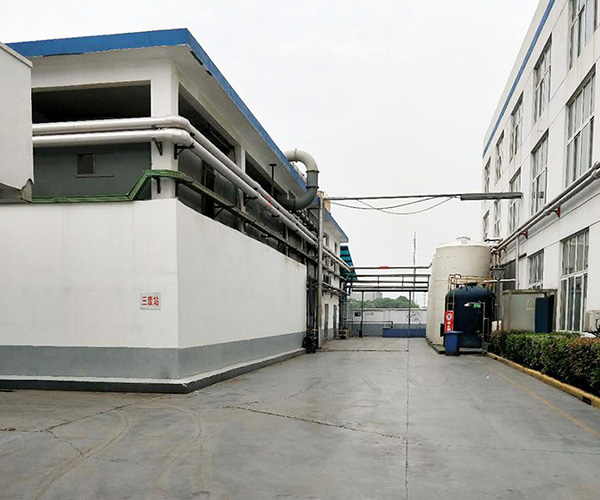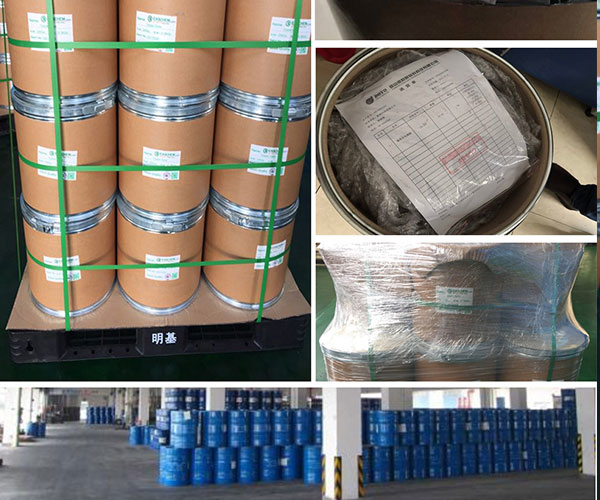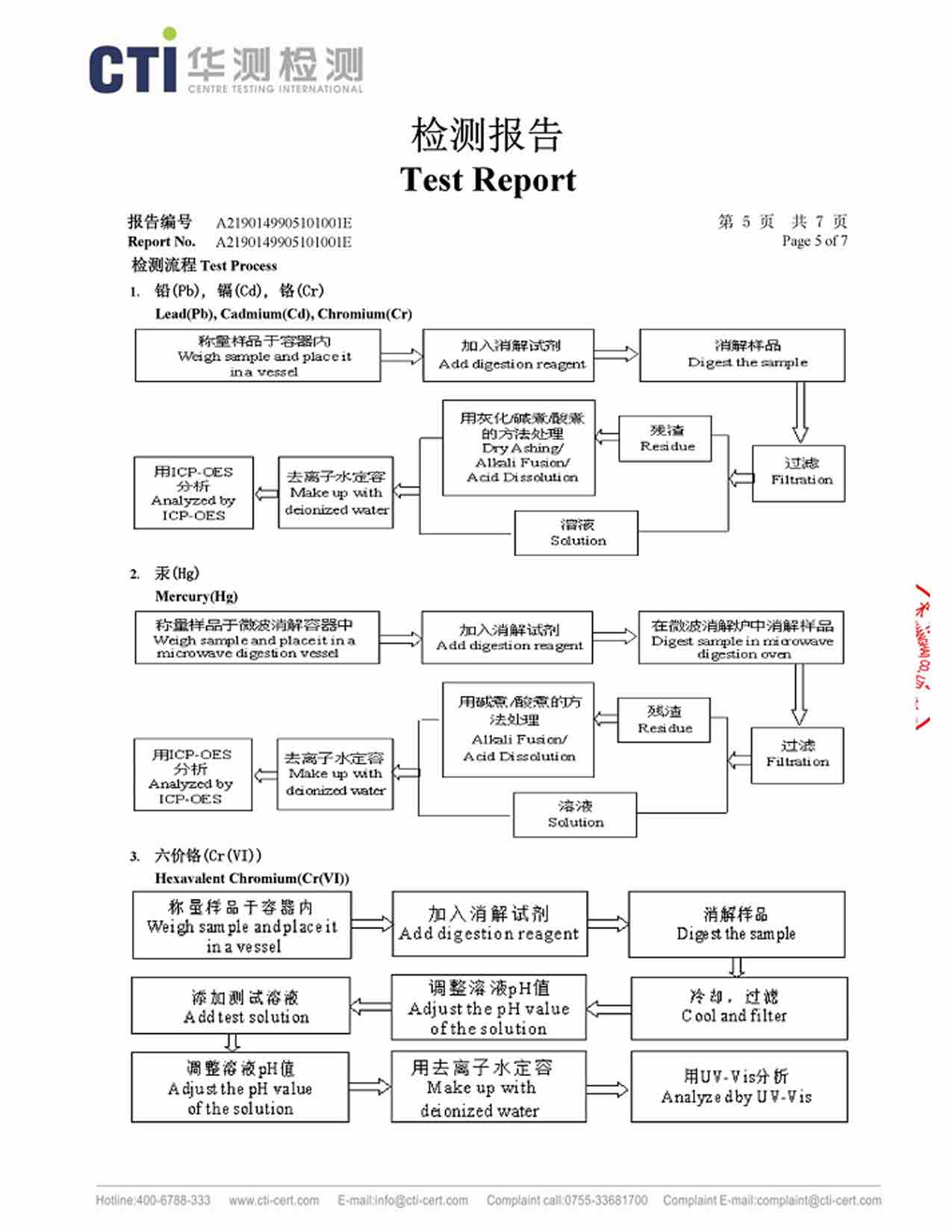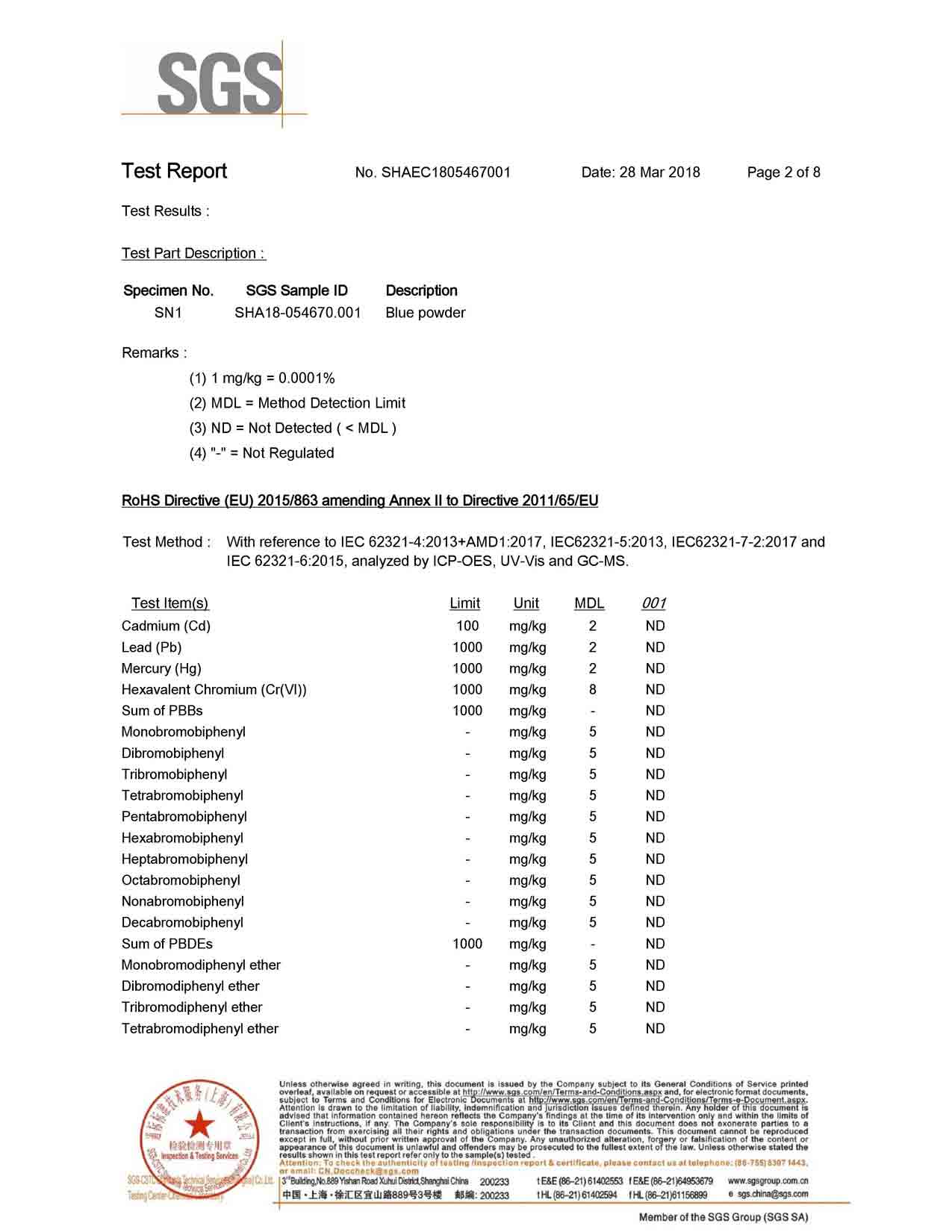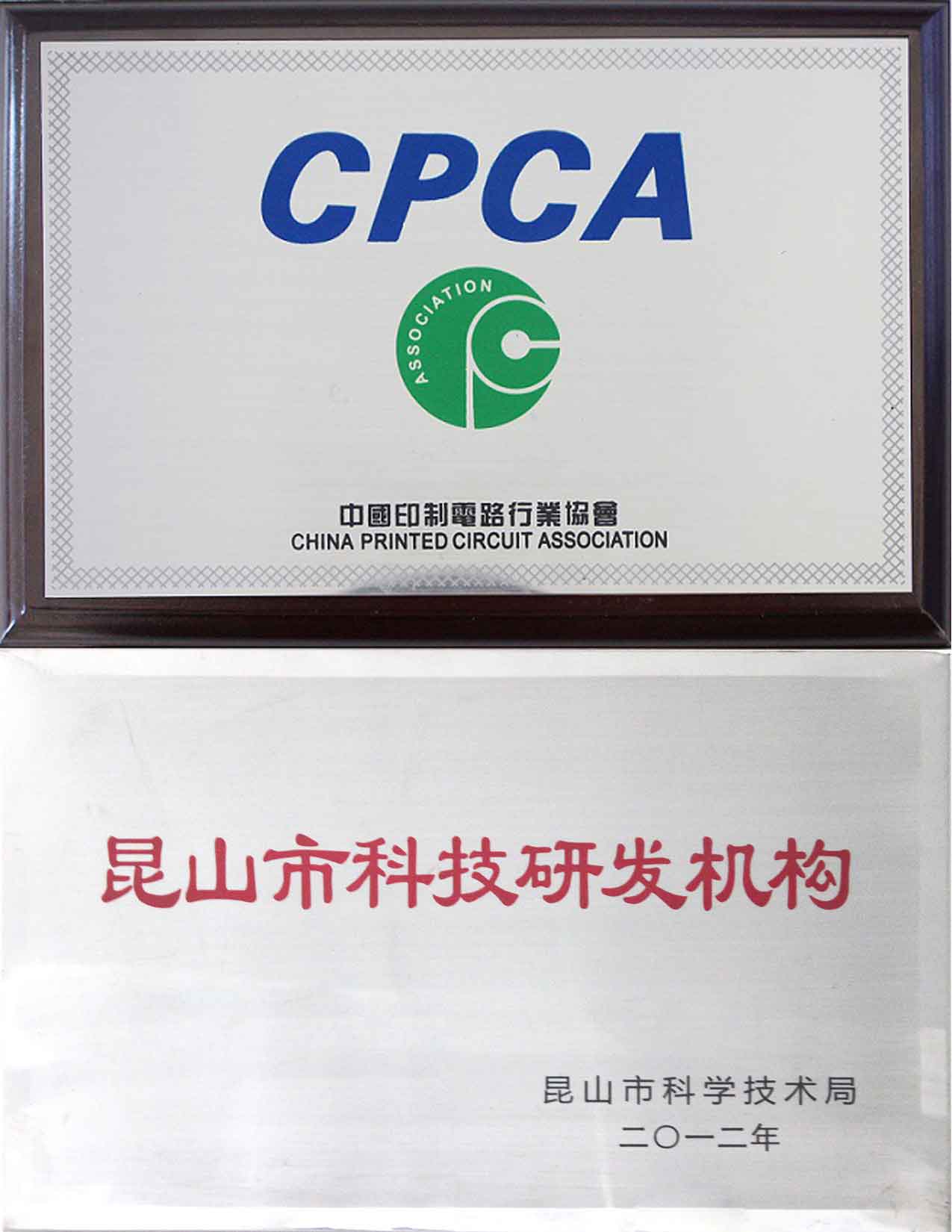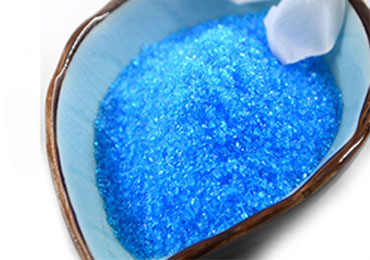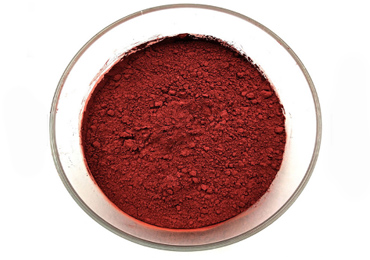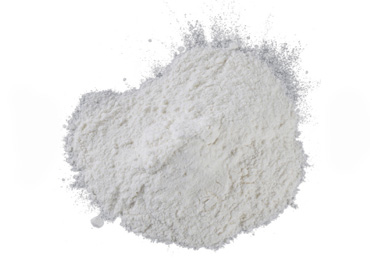Full Certifications CuO nanoparticles Factory
Kunshan Yosoar is one of the certified CuO nanoparticles manufacturers in China. And it has obtained certain certifications from various organizations, which are beneficial to Kunshan Yosoar. The Kunshan Yosoar has been fully certified by the ISO9001. We synthesize nano cuo. You can use these nanoparticles in a very diverse field. These copper oxide II nanoparticles are used in different industrial applications and other chemically related processes. In addition, different health and medical departments also use these nanoparticles.
You can buy these nanoparticles at quite reasonable price ranges. Not only this, you will get absolutely pure and top quality copper oxide nanoparticles that will definitely benefit you in your required field of work.
Black powder,high purity, large specific surface area, high surface activity, low bulk density;
It is black monoclinic crystal or black to brownish black amorphous crystalline powder.
It is insoluble in water and alcohol, but soluble in dilute acid, ammonium carbonate and potassium cyanide.
Inhalation, ingestion or skin contact with this substance can cause delayed reactions.
If the skin or eyes come into contact with this substance, please rinse immediately with clean water. In serious cases, please see a doctor in time.
Used as a raw material for other copper salts, and also a raw material for making artificial gems.
Used in the antibacterial field
Nano copper oxide has good antibacterial ability against pneumonia and Pseudomonas aeruginosa.
Generally, under the excitation of light with energy greater than the forbidden band width, hole-electron pairs can be generated to interact with O2 and H2O in the environment, and the generated reactive oxygen species and other free radicals chemically react with organic molecules in the cell, thereby decomposing the cell and reaching The purpose of antibacterial. Since CuO is a p-type semiconductor, it has holes (CuO) +, which may interact with the environment to play an antibacterial or antibacterial effect.
Adding nano-copper oxide to plastics, synthetic fibers, adhesives and coatings can maintain high activity for a long time even in harsh environments.


Used in the glass coloring field
The color of our common glass is not only determined by the added colorant, we can also adjust the valence of the elements through the melting temperature and the nature of the furnace flame, so that the glass shows different colors, such as the copper in the glass, if the price is high The glass appears blue-green when copper oxide is present.
When the copper oxide is used for glass coloring, special attention should be paid to the melting atmosphere of the furnace caused by the fuel, because it will affect the color of the glass.
Used in the sensing materials field
Nano copper oxide is very sensitive to the temperature, light, humidity, etc. of the external environment, and can improve the response speed, sensitivity and selectivity of the sensor. Therefore, in the field of sensing materials, nano-copper oxide is also widely used.

Yosoar: Reliable CuO Nanoparticles Supplier in China
Yosoar not only manufactures these CuO nanoparticles, rather Kunshan Yosoar also supplies these copper oxide nanoparticles throughout the whole China. You can easily get these copper oxide nanoparticles from Yosoar. The organization believes in delivering high-quality products to the customers.
The copper (II) oxide nanoparticles that are supplied by Kunshan Yosoar can be utilized in various number of industries. You can also utilize these specific nanoparticles of this copper II oxide in different chemical reactions where these will act as catalysts. Similarly, different photochemical tech based applications are also related to these nanoparticles.
- Manufacturing
- Certification
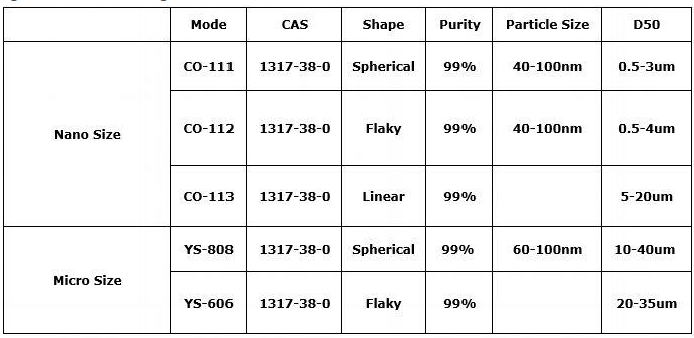
We have other models for you to choose from, and can also be customized.
Basically, by talking regarding to the nanoparticles, then the term nanoparticles refer to extremely small particles that exist. These nanoparticles can be of any compound such as different types of metals etc. One specific reason that why these small particles of any matter are called as nanoparticles is because these particular particles have the average sizes that are among the nanometric scale values. Usually, accounting for the size of the nanoparticles, then these usually lie within the size range of 1nm up to 100 nm. This is the average size for these particles that are referred to as being nanoparticles. These are so small particles that seeing them with a naked eye is impossible. You can assume the size of these nanoparticles by comparing it with the thickness of a piece of paper. As we know that papers usually have a very small thickness. But if compare the thickness of the paper and see it in numerical values, then on an average, a paper has a thickness of about 100,000 nm. But as compared to the thickness of the paper, the nanoparticles only lie within the range of about 1nm up to the range of 100nm. Therefore, it indeed depicts that the nanoparticles have extremely small sizes.

If we account for the term nanoparticle, then this term basically refers to extremely small particles that are not visible to the naked human eye. As the word nanoparticle itself indicates that it is all about the particles that occur in nano-size. These are the particles of any compound having sizes that lie among the scale values of nanometers. So, any type of particles that will have size within the range of 1nm up to 100nm, then that particle will be called as the nanoparticle.
Furthermore, referring towards the importance of nanoparticles, then the nanoparticles are becoming of quite importance. The importance and the use of these nanoparticles is increasing day by day. And as the utilizing of these particular particles is increasing, so is the production of these nanoparticles. Different type of engineering and technological advancements has been made possible by the use of these nanoparticles. These specific particles exhibit amazing physical and chemical characteristics that enable them to be distinguished from other particles and also makes them to be utilized in different ways and fields.
Henceforth, because of the wide range of applications, these nanoparticles supplier are of quite importance. They are manufactured in a much larger scale and also have vast range of uses and applications. Because of this extensive usage, these nanoparticles are of quite importance.
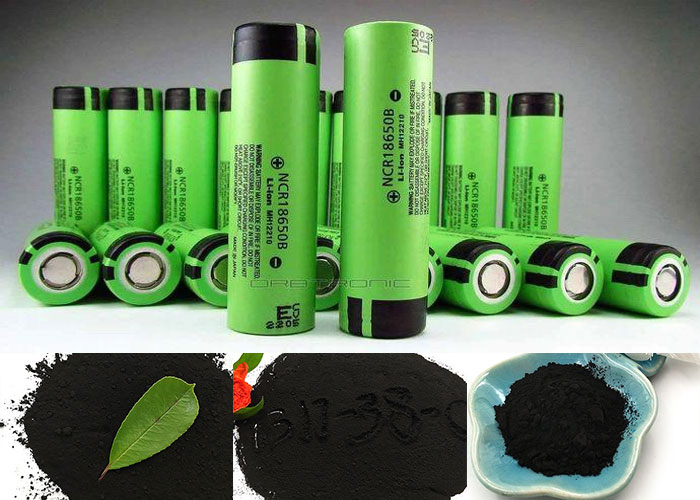
Nanoparticles are quite diverse group of particles. Most of the elements can have their nanoparticles. But one important thing is that these nanoparticles are to be synthesized in laboratories by undergoing some specific chemical reactions. Further, these nanoparticles are quite important as well because these are widely used. There uses and applications are wide spread. There are further different types of chemical processes that make use of these types of nanoparticles. Apart from chemical reactions, these nanoparticles have other applications also. These nanoparticles are also used in medicine related fields and they also act as anti-biotic. Furthermore, the thermal and electrical characteristics which are disclosed by these nanoparticles make them quite useful and increases their use in the different fields. So, most of the compounds can have nanoparticles.
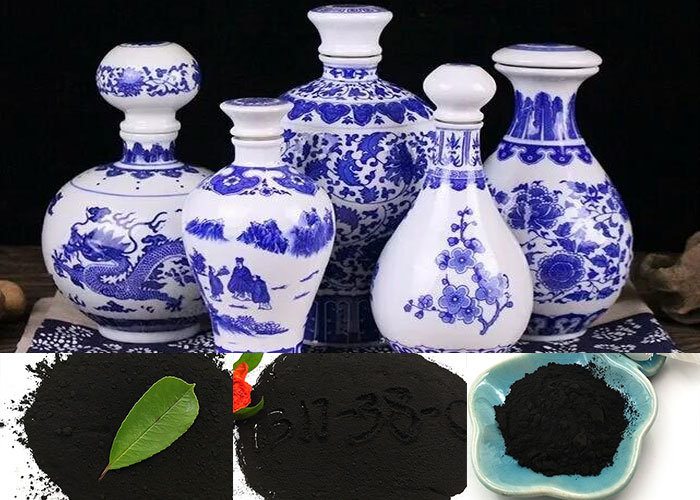
Accounting towards the possibility of having metallic nanoparticles, then definitely yes, there are various types of these nanoparticles that consist of metals. What this means is that these nanoparticles are constituted of metallic elements. Hence, there are a lot of metal elements that can have these nanoparticles.
Furthermore, considering about the examples of the nanoparticles, then there are vast number of nanoparticles that exist. We can consider some examples of these nanoparticles that will usually include copper nanoparticles, zinc nanoparticles, CuO nanoparticles, ZnO nanoparticles, ZnS nanoparticles, GaN nanoparticles and so on. This list continues indeed. So, there are large number of nanoparticles that exist in our reality. If we account for some of the most commonly occurring nanoparticles, then these will include copper nanoparticles, CuO nanoparticles, aluminum nanoparticles and titanium dioxide nanoparticles. All of these are the examples of nanoparticles.
The nanoparticles definitely exhibit vast range of applications as their use is not limited to engineering or technology only, rather they are used in medicine and health related fields also.
Basically, if we account for the term nanoparticles, then these are those particles that have a very small relative size. The reason that why such particles are called as nanoparticles is because of the reason these specific particles have sizes that lies among the values of the nanometric scale. These specific particles exhibit sizes of about 1nm up to 100nm. The particles that will have sizes within this range will be considered to be the nanoparticles. Further, there are numerous types of nanoparticles. This means that the nanoparticles can be composed of different types of compounds. These nanoparticles can be of various elements and compounds.
Now, referring towards the CuO nanoparticles, then this actually refers towards the nanoparticles of CuO. This basic terminology of CuO is known to be the cupric oxide. It is formed as a combination of copper and oxygen. The nanoparticles of this compound cupric oxide are referred to as the CuO nanoparticles.
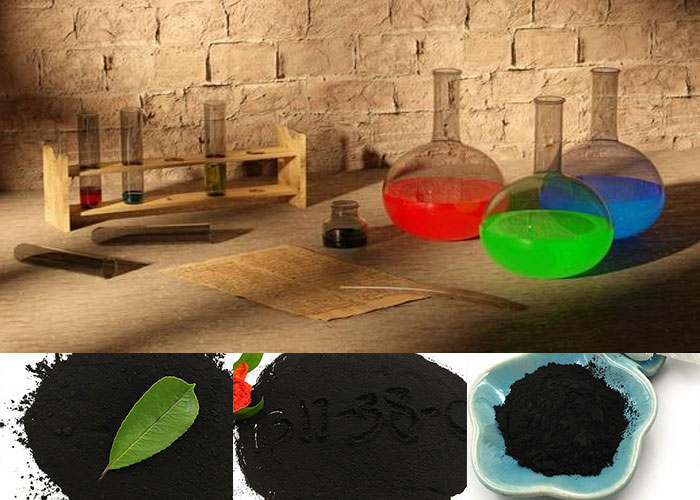
So, these copper oxide nanoparticles are the nanoparticles that are of the cupric oxide. This cupric oxide is the specific compound which has the nanoparticles called as the CuO nanoparticles. Basically, these specific nanoparticles usually have vast number of applications and functioning. And based on these wider applications of these nanoparticles, these types of particles are manufactured in large quantities. Further, different types of industries and fields also utilize these kinds of nanoparticles. The use of such types of nanoparticles is not limited to chemical industries only, rather different health and medical fields are also closely linked with the use of these types of nanoparticles. Hence, we can consider these nanoparticles to be of quite much importance.
The product are indeed the nanoparticles of the compound cupric oxide. Further, taking into account the compound cupric oxide itself, then it is actually a metallic oxide. This metallic oxide is composed up of the metal copper. Copper is among the naturally occurring metals and this metal is of much importance indeed. So, the metallic oxide of this copper metal is termed as the copper oxide or cupric oxide, and the nanoparticles that actually consist of this metallic oxide of copper are called as the copper (II) oxide nanoparticles.
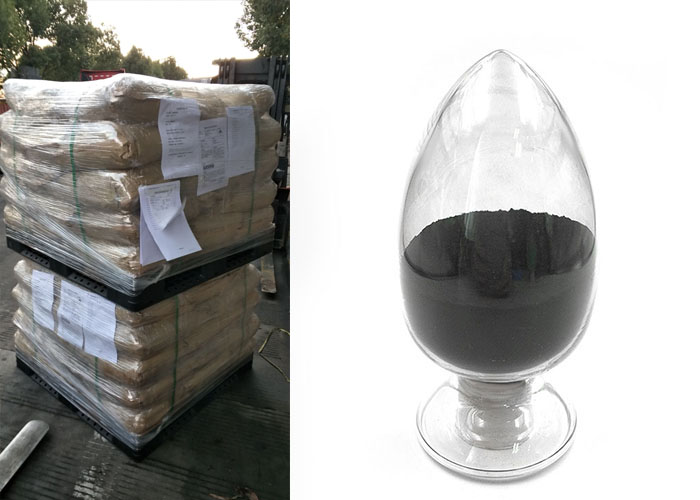
Referring towards the question regarding to the cupric oxide, then as this specific name cupric oxide suggests that it is an oxide of copper metal. Also, it is one of the stable oxides that exists for the copper metal. Overall, referring towards the structure that this oxide exhibits, then this oxide of copper has an ionic structure. Apart from having an ionic structure, this cupric oxide occurs in the form of a black solid. This is the overall appearance of this cupric oxide. Further, the nanoparticles that are formed by this cupric oxide are called as the cupric oxide nanoparticles or copper oxide nanoparticles.
Now, discussing regarding to the various names that this cupric oxide might have, then definitely this cupric oxide compound is also known by some other common names as well. Different people use different names for the same compound. One of the common names associated with this compound having a formula of CuO is called as the copper (II) oxide. Other than being called as copper (II) oxide, we have already stated that it is also known as the cupric oxide. So, both of these names either it can be the cupric oxide or copper (II) oxide, both of these refer towards the same compound and that is CuO.
Therefore, following were some of the names that are utilized for the same compound and that is CuO. Furthermore, you can also use these names for the nanoparticles as well. Such as the nanoparticles of CuO can also be called as the cupric oxide nanoparticles or even as the copper (II) oxide nanoparticles. Both of these names will actually refer towards the same nanoparticles of the compound CuO.
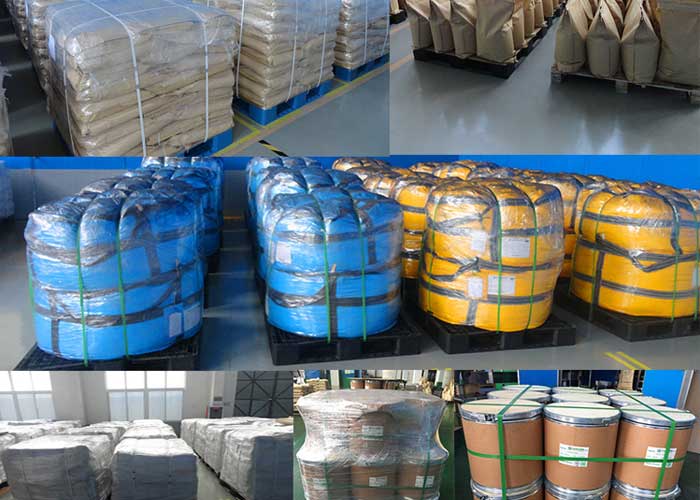
Referring towards the compound CuO, then it is actually an oxide of copper metal. It is a metallic oxide of the copper metal and it is known to be the cupric oxide. This metallic oxide of copper is also known by another name. This other name for the oxide of copper is the copper (II) oxide.
Now, if we talk regarding to this copper (II) oxide, then it is actually an inorganic compound. This inorganic compound is basically a metallic oxide and referring towards the metal that it is composed of, then it is the oxide of the metal copper. Furthermore, referring towards the overall structure and form of the cooper (II) oxide, then firstly we will take a look at the occurrence of this oxide. This copper (II) oxide is present in the form of a solid. It is slightly different looking as compared to original copper metal but the stable oxide of the copper metal occurs in the color of being a black solid. It is present in a solid form and has a dark brownish to black color. Overall, we can also conclude that it is a black colored solid. As we have already stated that the copper (II) oxide is basically an inorganic compound, but apart from being inorganic, this compound consists of ionic bonds. Hence, it is all the information regarding to the overall physical appearance of the cooper (II) oxide that was all about the color of the copper (II) oxide and the physical form in which this compound of copper (II) oxide exists.
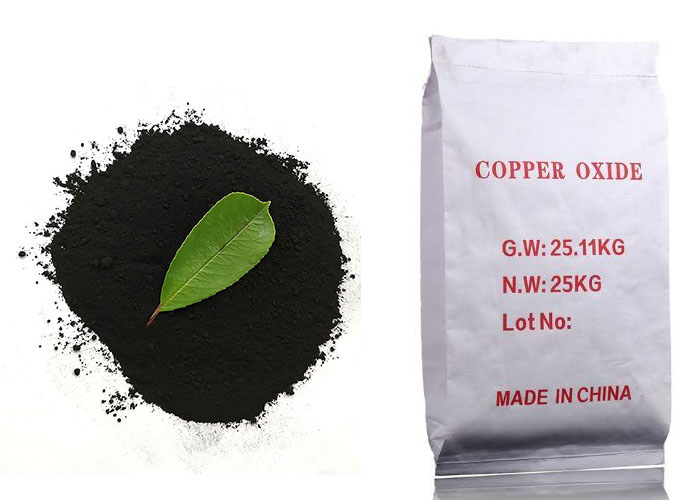
Lastly, referring towards the last part of the question, then the answer to it is that the copper (II) oxide exists in the form of a solid. This specific copper oxide is almost black in its color and occurs in the form of a solid piece. So, the physical nature or form in which this compound exists is the solid form. Furthermore, if you take a look at the physical solid form of the cupric oxide, then it usually occurs in the form of a crystalline solid. You can say that the particle of this compound has a crystalline shape. Ultimately, referring towards the crystals of the cupric oxide, then these belong to the monoclinic crystal family. Hence, it is all regarding to the shape and structure of the copper (II) oxide.
As it has been already discussed this aspect that the copper (II) oxide or this usually have dark brownish to black color. Furthermore, we also know that as this CuO is actually an oxide of copper but the color of copper metal is not similar to this. So, most people wonder that what is the aspect regarding to the black color of the copper (II) oxide? Well, one reason that can justify this black color concept of the product is the oxidation reaction that these nanoparticles may undergo. Most people believe that because of a reaction that happens, the result is the black colored copper (II) oxide nanoparticles. The concept or the reason is that in copper oxide nanoparticles, actually a reaction takes place and this reaction basically happens among the copper atoms and with some type of oxidizing agent. The results of the reaction among these copper atoms and the different oxidizing agents leads towards the formation of black colored nanoparticle of CuO.
Furthermore, if we account for the probable oxidizing agent, then it can mostly consider to be air or atmosphere. These can serve the basis of acting as an oxidizing agent and usually, the chemical reaction that happens between copper atoms of the copper (II) oxide and the atmosphere leads towards the resulting black colored nanoparticle of CuO.
Hence, it is a basic and a main assumption regarding to the black color of the copper (II) oxide nanoparticles. This assumption perfectly justifies the black color concept of the CuO nanoparticles.
The nanoparticle usually exhibits quite amazing properties and characteristics. Because of these different functional and chemical properties and features, these specific nanoparticles are utilized widely. These features associated with the nanoparticles makes them quite interesting compounds to be studied. Furthermore, their benefits and usages are also increased because of this.
If we take a consideration regarding to the thermal properties exhibited by the product, then these nanoparticle properties linked with their thermal aspects are as follows. Firstly, the melting point for the copper (II) oxide nanoparticles is around 1201°C. This is indeed the melting point value of the product. Secondly, the boiling point of these product is around 2000°C. This 2000°C is the boiling point of copper (II) oxide nanoparticles and it is indeed quite high. So, these are the thermal properties of the copper (II) oxide nanoparticles.
Furthermore, by taking a glance at these thermal properties of copper (II) oxide nanoparticles according to a different temperature scale such as the Fahrenheit scale, then according to the Fahrenheit scale, this have a melting point of about 2194°F while the boiling point for the same product is approximately equal to 3632°F.
Therefore, following were some of the thermal properties associated with the copper oxide nanoparticles according to different temperature scales.
If we account for certain chemical related properties associated with the copper (II) oxide nanoparticles, then these CuO nanoparticle chemical properties will usually include the elements that are involved in the constitution of these nanoparticles. Further, we will include the composition of these nanoparticles and lastly, we will also take a look at some of the chemical related aspects of these CuO nanoparticles.
Therefore, firstly considering regarding to the chemical representation or symbol that is used to represent this copper (II) oxide nanoparticles, then these nanoparticles are mostly represented by the symbol CuO. This CuO is the chemical representation for the copper (II) oxide nanoparticles. Considering towards this chemical representation for the prodcut, it depicts that the copper (II) oxide nanoparticles consist of copper metal along with oxygen. Hence, we can say that it depicts about the general chemical-based composition of these nanoparticles, as these are constituted of copper and oxygen. We can also consider the chemical composition of the copper (II) oxide nanoparticles according to the percentages of the elements that occur in it. The composition of the product consists of copper and oxygen. Both of these elements are present in different ratios or percentages. Considering the percentage of the copper metal in these, then copper is present in the amount of approximately about 79.87%. These are indeed the approximate valued. Further, the oxygen present in the copper oxide nanoparticles accounts for almost 20.10% of the total. Hence, it is the overall composition of the product according to the percentage composition also.
Also, if we consider the density of the copper oxide nanoparticles, then these have a density of about 6.31 g/cm³. It is the normal density for these. While, apart from this density, the CuO nanoparticles also have a molar mass of about 79.55 g/mol.
Therefore, following were some of the chemical related aspects and properties of the product. These nanoparticles are of quite importance and are used widely. Different chemical and industrial fields make use of these nanoparticles based on the broader perspective of applications that they have and also because of the importance associated with these.
Definitely, at Kunshan Yosoar, we ourselves manufacture these nanoparticles of copper (II) oxide. These copper (II) oxide nanoparticles have wide range of applications and benefits. These nanoparticles are utilized in wide range of fields. The use of these nanoparticles is not limited to chemical industries only, rather these types of nanoparticles are becoming of a great concern in health and medical sector as well because of the benefits that these can provide in such fields. You can also utilize of these nanoparticles in wide range of sectors.
At Kunshan Yosoar, we also manufacture such type of nanoparticles of copper (II) oxide. These CuO nanoparticles that are manufactured at Yosoar are of high-quality. You will get completely pure and high-quality nanoparticles of copper (II) oxide from Kunshan Yosoar.
Furthermore, we also have a team of experts that will guide you regarding to the probable uses and applications of these copper (II) oxide nanoparticles. If you have any concern or queries regarding it the use of these cupric oxide nanoparticles, then you will get the best guidance from these experts at Kunshan Yosoar.





